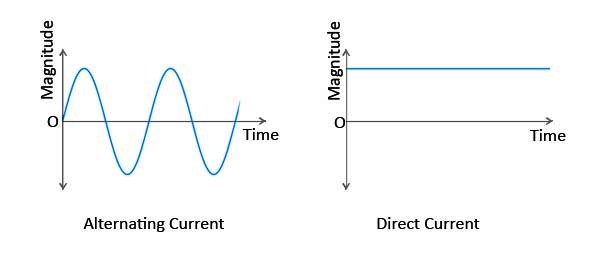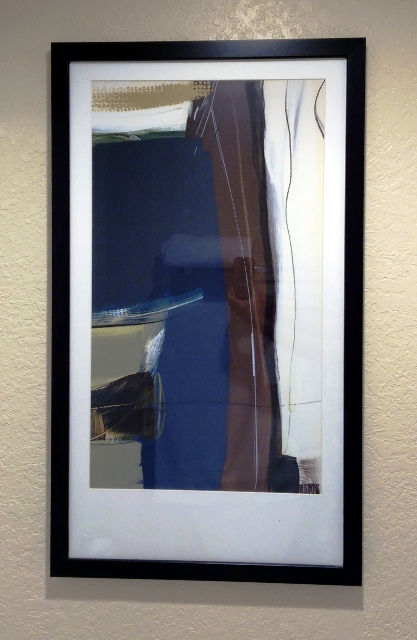Phone: (301) 352-5738
Email: info@CoastalClimateControl.com
Office | Warehouse:
1598 Whitehall Road, Suite D
Annapolis, Maryland 21409
Inverter? I 'ardly knew 'er!

Having popped into an Annapolis watering hole recently, I was taken by surprise when a fellow patron placed an LP on the bar and started discussing it with his friend (if you don’t know what an LP is, ask grandpa). This was surreal, it was like being back in the ‘60’s!
I soon found myself on the fringe of a fascinating conversation between a couple of millennials discussing the finer points of HiFi (grandpa?), even down to whether a DC (direct current) turntable motor gave better results than an AC (alternating current) motor. But, one asked, how can you use a DC motor when the power supply is AC?
AC power supply is a sine wave. Think of a Bactrian camel’s two-hump back with one of the humps inverted (poor mutant camel), with the normal hump being positive voltage and the mutant inverted hump being negative voltage.
By contrast, a DC power supply is a steady, straight line like a DR plot (ask grandpa again, if he’s sailor), and always at positive voltage.
To be able to “make” DC from AC we’ll need to flatten out the sine wave and make it into a straight line, but first we’ll have to rectify that inverted negative hump. That process of rectifying the inverted hump is the key to producing DC from AC, and that’s why the equipment that does it is referred to as a Rectifier.
Now, to produce an AC waveform electronically from DC we’ll first need to make a switchback waveform but invert every other wave crest so that it is negative. That is why the equipment that does this is known as an Inverter.
So, simply put, a Rectifier converts an AC power supply into DC, and an Inverter converts a DC power supply into AC.
Examples of rectifiers and inverters pop up on many a fine vessel these days. A mains-powered battery charger is basically a rectifier, and it’s quite common to find an inverter installed on board to be able to operate mains-powered items from the boat’s DC battery system. Often these two items are combined into an Inverter-Charger, but then there are also some complex hybrid examples as well.
An MPPT solar controller manages to put more amps into the battery than comes out of the solar panel. How does it do it? Well, the DC input from the solar panel is first inverted into high frequency AC which is then rectified back to DC to whatever voltage is needed to charge the battery. From DC to AC to DC.
A variable-speed air conditioning compressor can run at varying speeds suitable for the load, and we utilize them nowadays to great effect in chiller systems. Normally, the speed of AC motors is set by the frequency (Hz) of the supply and the windings of the motor, so what electrickery is involved here? Well, first the AC input is rectified into DC, typically 400-600v, then the DC is inverted back to AC at whatever frequency is required to run the motor at the desired speed. From AC to DC to AC. That way, a three-phase compressor can be run at varying speeds from a single-phase supply, which is pretty darn clever stuff.
With all the amazing advances in electronics we have nowadays, it’s depressing to see examples of someone not utilizing the most complex logistical tool available; the human brain.
 Take the picture hanging on the wall in my hotel here in Ft. Lauderdale while I’m here for the boat show. This hotel is one of a major chain, and this particular picture must be hung as shown in hundreds if not thousands of rooms.
Take the picture hanging on the wall in my hotel here in Ft. Lauderdale while I’m here for the boat show. This hotel is one of a major chain, and this particular picture must be hung as shown in hundreds if not thousands of rooms.
Looked at casually you may see simply a smudge of durgy colors, but if it were rotated clockwise 90 degrees (impossible ‘cos it’s nailed to the wall), it would then reveal what I believe the artist truly intended to be seen, i.e. the view from one sailboat to another, possibly in a race, with other yachts on the horizon.
Or maybe the artist had an inverted mind and meant it to be seen as it is. Maybe it’s called “Race to The Moon”. Otherwise I say that it should be rectified asap.
By accepting you will be accessing a service provided by a third-party external to https://coastalclimatecontrol.com/






